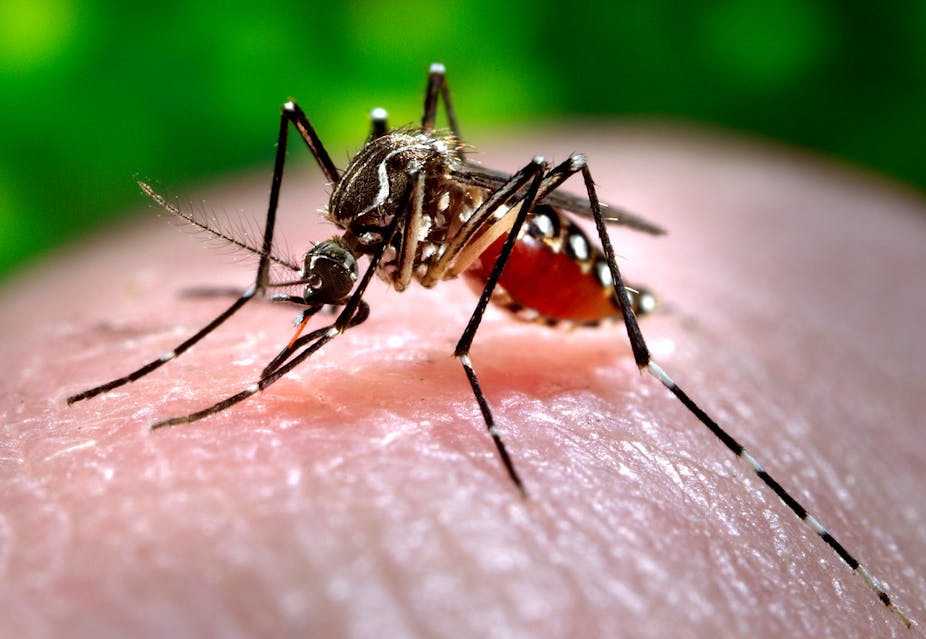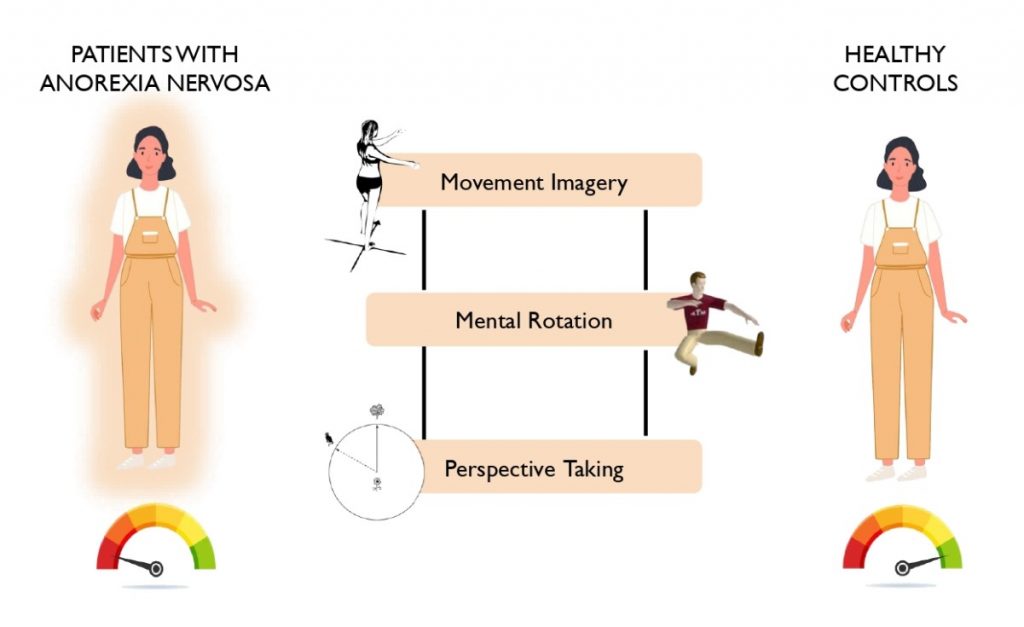Nursing Paper Example on Cowpox
Nursing Paper Example on Cowpox
Causes
Signs and Symptoms
Typically, cowpox manifests with localized lesions on the hands, particularly in those who handle infected animals or contaminated materials. The initial presentation often includes the appearance of small, red papules at the site of inoculation, which may progress to vesicles and then to pustules over the course of several days. These lesions are often surrounded by erythema and may be accompanied by pruritus or tenderness.
As the disease progresses, the pustules become larger and eventually rupture, forming crusts or scabs. The presence of multiple lesions in various stages of development is characteristic of cowpox infection. While the hands are the most commonly affected site due to direct contact with infected animals or materials, lesions may also occur on other exposed areas of the body, such as the face and arms.
Accompanying symptoms may include fever, malaise, and regional lymphadenopathy. Fever is typically low-grade but may be more pronounced in severe cases or in individuals with compromised immune function. Malaise, or a general feeling of discomfort or illness, is common and may precede the appearance of skin lesions. Regional lymphadenopathy, characterized by tender or swollen lymph nodes near the site of infection, is an inflammatory response to the viral infection.
In some cases, particularly in individuals with weakened immune systems, cowpox infections may lead to more severe symptoms, including systemic illness and complications such as pneumonia or encephalitis. These severe manifestations are rare but underscore the importance of prompt diagnosis and appropriate medical management.
Recognition of the characteristic signs and symptoms of cowpox is essential for accurate diagnosis and timely intervention. Early identification of the disease allows for implementation of appropriate infection control measures and initiation of supportive care to alleviate symptoms and prevent complications. (Nursing Paper Example on Cowpox)
Etiology
The primary causative agent of cowpox is the Cowpox virus, a member of the Orthopoxvirus genus within the family Poxviridae. This enveloped, double-stranded DNA virus is closely related to other orthopoxviruses, including the variola virus, which causes smallpox, and the vaccinia virus, which was historically used in smallpox vaccination.
The natural reservoirs for the Cowpox virus are wild rodents, particularly voles and field mice, which serve as the primary hosts for viral replication. These rodents play a crucial role in the maintenance and transmission of the virus within wildlife populations. Transmission to domestic animals occurs through direct contact with infected rodents or through intermediate hosts, such as domestic cats that hunt infected rodents.
Human infections most commonly occur through direct contact with infected animals, particularly cows, cats, or rodents, or through exposure to contaminated materials, such as bedding or equipment used in animal husbandry. Occupational groups at increased risk of exposure include farmers, veterinarians, and laboratory workers who handle animals or animal products.
The ability of the Cowpox virus to infect a wide range of hosts, from rodents to domestic animals to humans, highlights its zoonotic potential. While the virus typically causes mild disease in its natural hosts, it can lead to more severe illness in incidental hosts, such as humans, particularly those with compromised immune systems.
Understanding the etiology of cowpox is crucial for implementing effective control measures and preventive strategies. By elucidating the natural history of the virus and its transmission dynamics, researchers and public health officials can develop targeted interventions to reduce the risk of human infection and minimize the impact of cowpox on both human and animal health. Continued surveillance and research are essential for monitoring changes in the epidemiology of cowpox and informing evidence-based prevention and control efforts. (Nursing Paper Example on Cowpox)
Pathophysiology
DSM-5 Diagnosis
Diagnosing cowpox typically relies on clinical evaluation and recognition of characteristic signs and symptoms. However, in some cases, laboratory testing may be necessary to confirm the diagnosis and differentiate cowpox from other similar skin conditions.
According to the Diagnostic and Statistical Manual of Mental Disorders, Fifth Edition (DSM-5), cowpox would not be classified as a mental disorder, as it is an infectious disease with primarily physical manifestations. However, the DSM-5 provides criteria for diagnosing other relevant conditions, such as anxiety or adjustment disorders, which may arise in response to the stress and uncertainty associated with a cowpox infection.
In clinical practice, the diagnosis of cowpox is typically based on the presence of characteristic skin lesions, particularly in individuals with a history of exposure to infected animals or materials. The appearance of papules, vesicles, and pustules on the hands or other exposed areas of the body, accompanied by symptoms such as fever and malaise, raises suspicion for cowpox infection.
Laboratory confirmation of cowpox infection may be pursued through viral culture, polymerase chain reaction (PCR) assays, or serological testing. Viral culture involves isolating the Cowpox virus from clinical specimens, such as skin swabs or vesicular fluid, and observing viral growth in cell culture. PCR assays detect viral nucleic acid in clinical samples, providing a rapid and sensitive method for diagnosing cowpox infection. Serological testing measures the presence of specific antibodies against the Cowpox virus in the blood, indicating past or current infection.
While laboratory testing can provide definitive confirmation of cowpox infection, it is not always necessary for clinical management. In many cases, the diagnosis can be established based on clinical presentation and history of exposure, allowing for timely initiation of appropriate treatment and infection control measures. (Nursing Paper Example on Cowpox)
Treatment Regimens and Patient Education
Management of cowpox primarily revolves around supportive care and symptomatic relief, as the infection typically resolves on its own without specific antiviral therapy. Patients with cowpox lesions should be advised to keep the affected area clean and dry to prevent secondary bacterial infection. Topical antiseptic ointments may be recommended to promote healing and reduce the risk of bacterial superinfection.
For individuals experiencing discomfort or pain associated with cowpox lesions, over-the-counter pain relievers such as acetaminophen or ibuprofen may be used to alleviate symptoms. Additionally, antihistamines may help to reduce itching and inflammation associated with the skin lesions.
In severe or complicated cases of cowpox infection, particularly in immunocompromised individuals or those with underlying health conditions, antiviral medications such as cidofovir or brincidofovir may be considered. These medications work by inhibiting viral replication and may help to reduce the severity and duration of symptoms. However, the use of antiviral therapy in cowpox infection is not well-established, and treatment decisions should be made on a case-by-case basis in consultation with a healthcare provider.
Patient education is essential in the management of cowpox infection to promote understanding of the disease and prevent transmission to others. Patients should be counseled on the importance of hand hygiene, particularly after handling animals or coming into contact with potentially contaminated materials. Avoiding close contact with infected animals or their lesions is also crucial for preventing transmission of the virus.
Individuals at increased risk of cowpox infection, such as farmers, veterinarians, and laboratory workers, should take precautions to minimize exposure to infected animals and materials. This may include wearing gloves and other protective equipment when handling animals or performing tasks that may involve contact with potentially contaminated surfaces.
Vaccination against smallpox, which confers cross-protection against cowpox, played a significant role in controlling the spread of both diseases historically. While routine smallpox vaccination is no longer practiced due to the global eradication of smallpox, vaccination against cowpox may be considered in specific occupational settings or for individuals at higher risk of exposure.
Overall, patient education plays a vital role in preventing cowpox infection and minimizing its impact on both individual and public health. By promoting awareness of the disease and implementing preventive measures, healthcare providers can help to reduce the risk of transmission and ensure timely diagnosis and treatment of cowpox infection. (Nursing Paper Example on Cowpox)




 Causes
Causes






